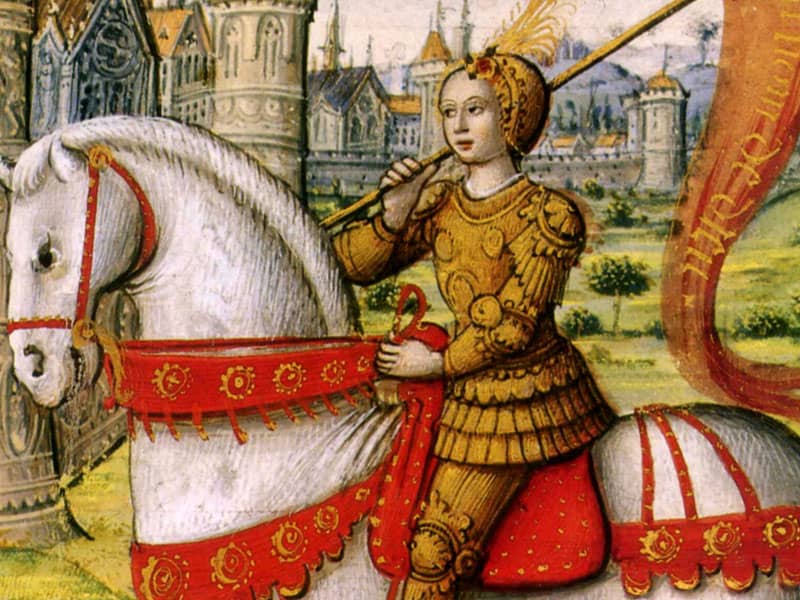Often, the man of honor gets lost. At its core, the holiday is a holy recognition of St. Patrick's commitment to spreading Christianity throughout Ireland. It falls on March 17, the day he is believed to have died more than 1,500 years ago.
Over the centuries, Ireland's patron saint has become a mythical figure, widely pictured with a long beard, standing tall on the lush Irish coast in ceremonial robes, wearing a bishop's miter (or hat), holding a shepherd's staff. Snakes scatter from his feet.
It's an image that feeds into widely held misconceptions. To set the record straight:
"There is a huge contrast between the historical St. Patrick and the legendary St. Patrick," said Dermot Quinn, author of "The Irish in New Jersey: Four Centuries of American Life" and history professor at Seton Hall University in South Orange, N.J.
"All sorts of things get folded into the memory of the saints."
Historians reason that St. Patrick was the son of an aristocratic landowner, captured by marauders when he was about 16, taken to Ireland and made a slave. During six years sheepherding in relative solitude, he found God.
Patrick escaped and returned to Britain, but he longed to one day minister to the Irish. He studied for the priesthood and eventually was ordained a bishop. Sources vary on Patrick's timeline, but in the early 430s, Pope Celestine sent Patrick back to Ireland.
In Ireland, March 17 became a day of religious celebration. But centuries later in the United States, it turned into more. Irish immigrants who poured into this country during the 18th and 19th centuries found a hard life, struggling in exhausting jobs and suffering discrimination.
"People started looking back romantically at the motherland," said Philip Freeman, author of "St. Patrick of Ireland: A Biography" and associate professor of classics at Luther College in Decorah, Iowa.
Parades, enlivened with Irish music and dancing, emerged, beginning treasured traditions in cities built with Irish hands.
This year, Cleveland will celebrate its 139th St. Patrick's Day Parade.
Marilyn Madigan, 52, of Cleveland, said the "true Irish" will observe that day by first attending Mass in the morning.
"It's become such a secular holiday," said Madigan, a deputy director of the Cleveland parade. "We're glad that everybody wants to partake with us, but we do not want to forget the meaning of the day of St. Patrick."
The Rev. Rock Badgerow, pastor of St. Patrick Parish in Parnell, Mich., said he has to remind the children in the parish school, "It's a day, not a season." He said that's hard to remember when St. Patrick's Day decorations appear in stores and restaurants for days or weeks, making the holy day a commercial venture.
Pam Chamberlain, 34, of Pittsburgh and of Irish descent, sees nothing to celebrate. She's a pagan, and St. Patrick's Day reminds her of Patrick's dissolution of pagan culture.
"Everybody says, `You can celebrate your Irishness,"' Chamberlain said. "I say, if you're an Irish Catholic, go right ahead."
But many embrace the holiday's more cultural trimmings.
Everybody's Irish on St. Patrick's Day," as everyone may join the festivities, said Thomas P. Giblin, 58, of Montclair, N.J. Giblin has helped organize the Newark, N.J., St. Patrick's Day Parade over the years, as his father did before him.
He said the holiday fosters Irish-American pride and brings attention to descendants of poor, Irish immigrants who have become leaders in business, labor and politics. "That's also cause for celebration," he said.

